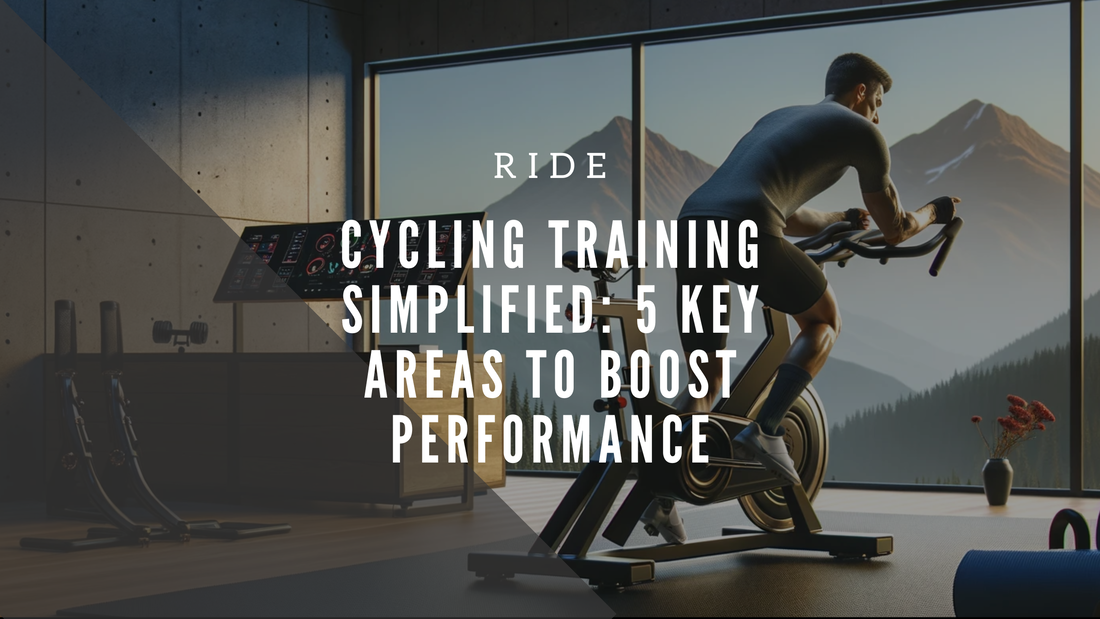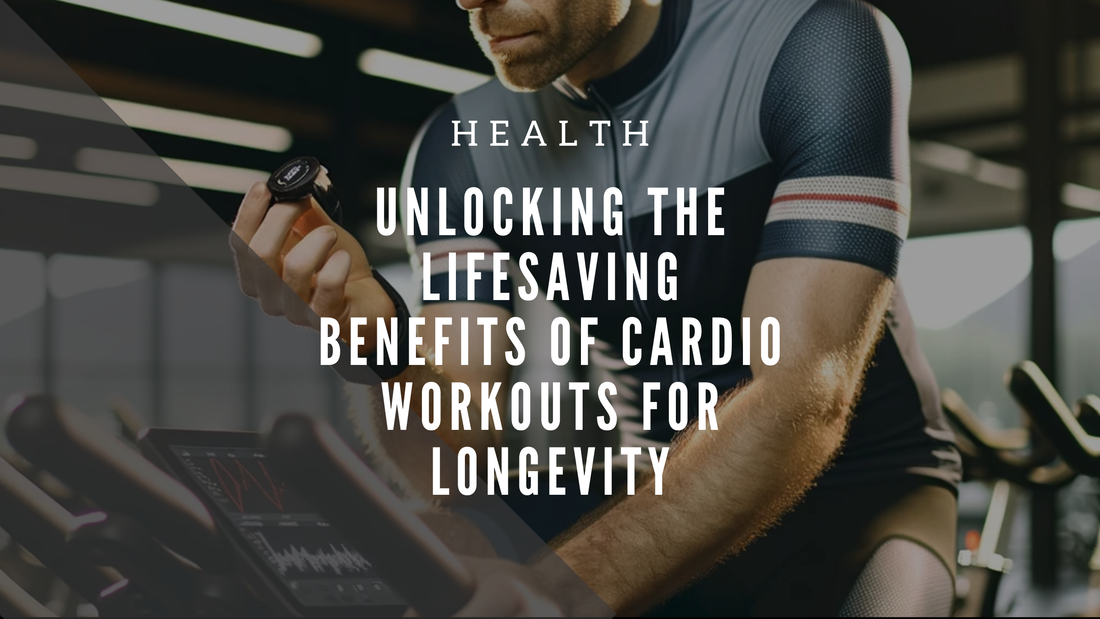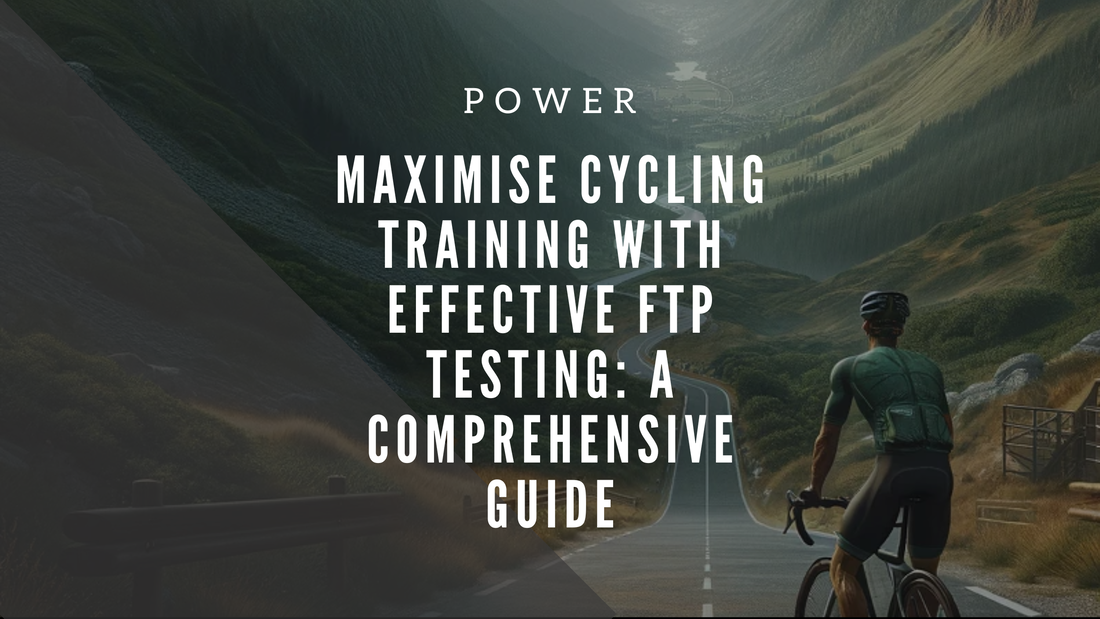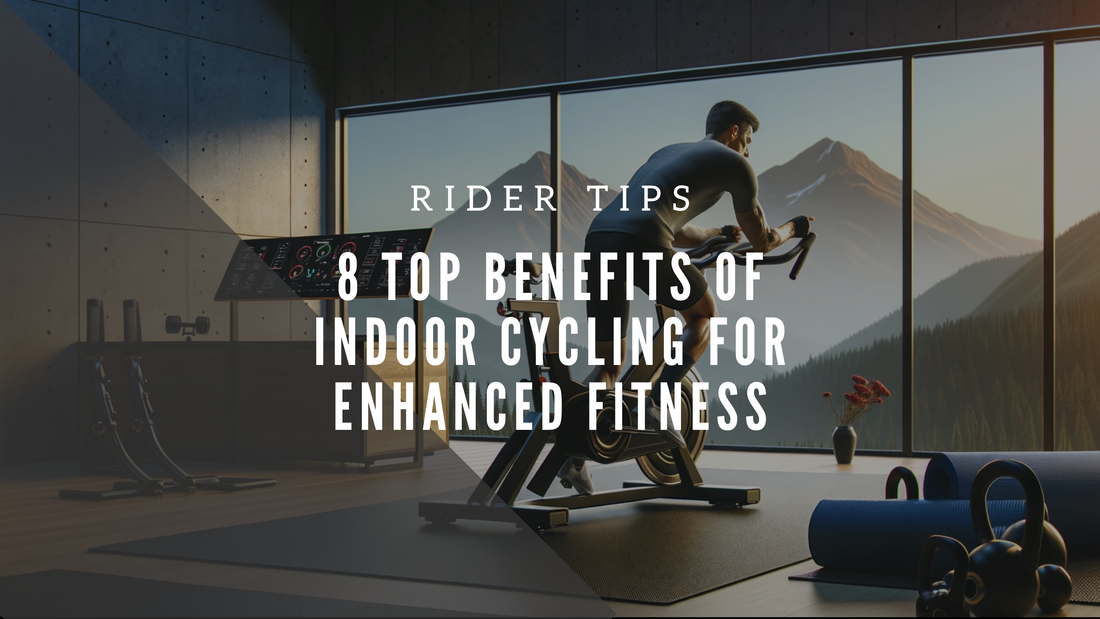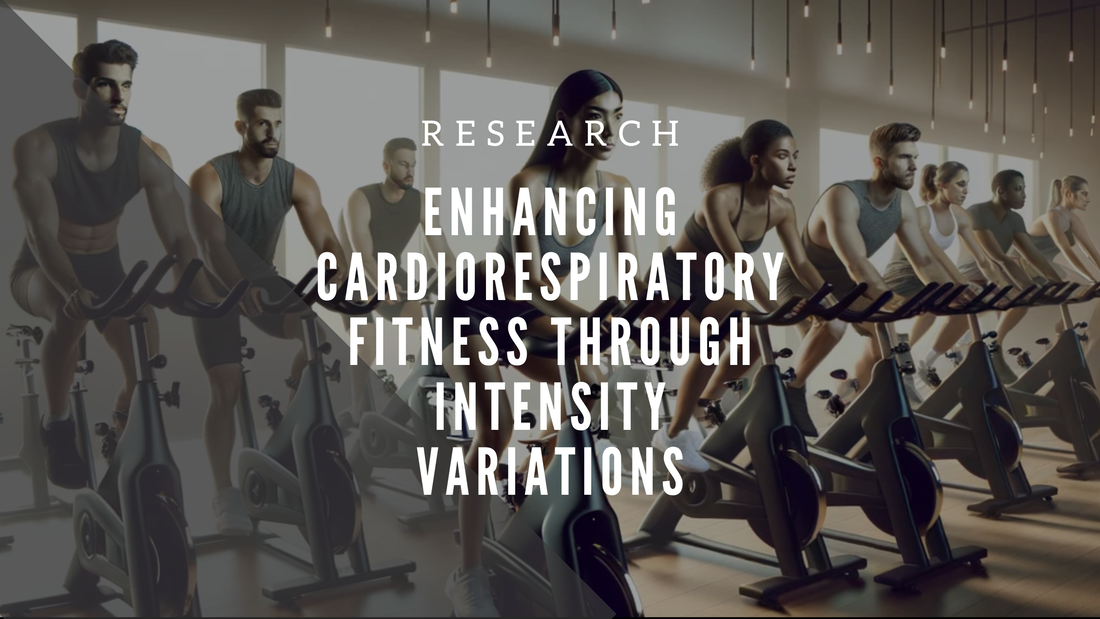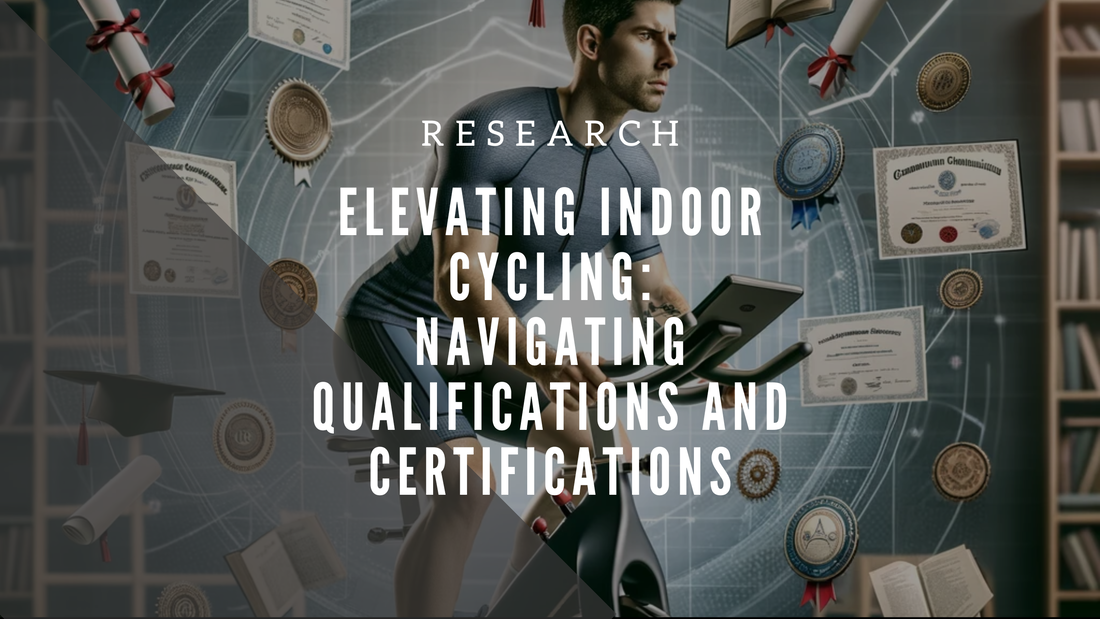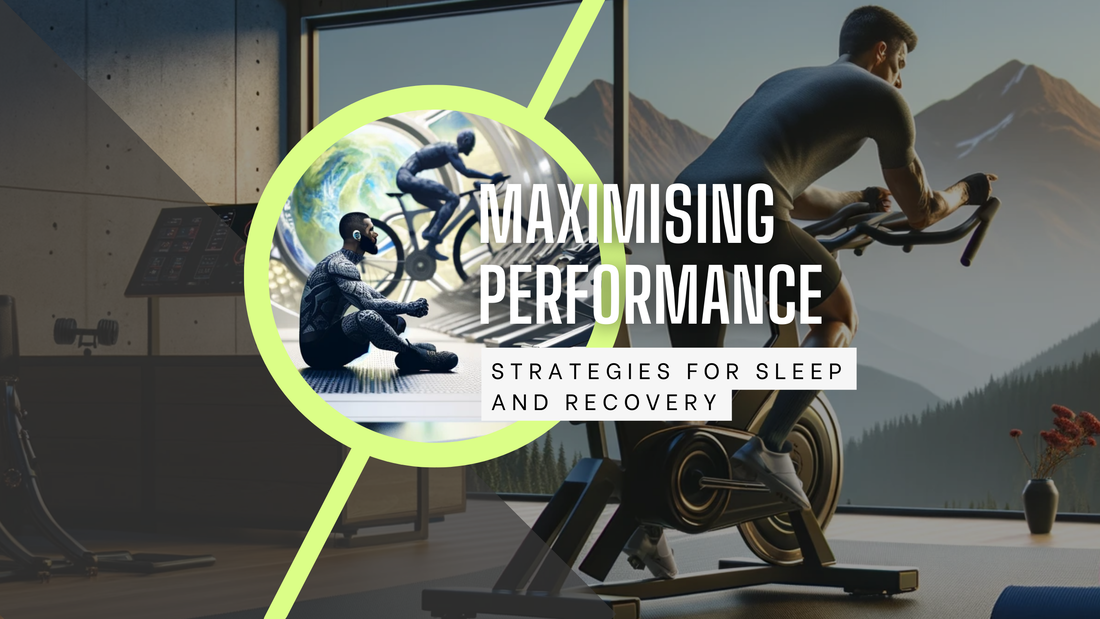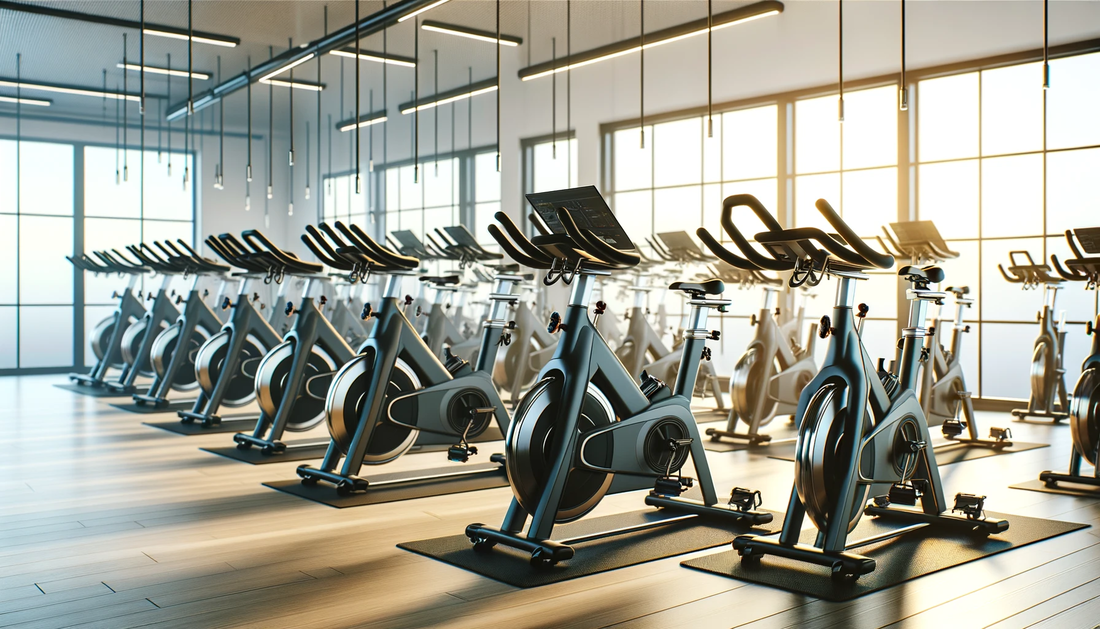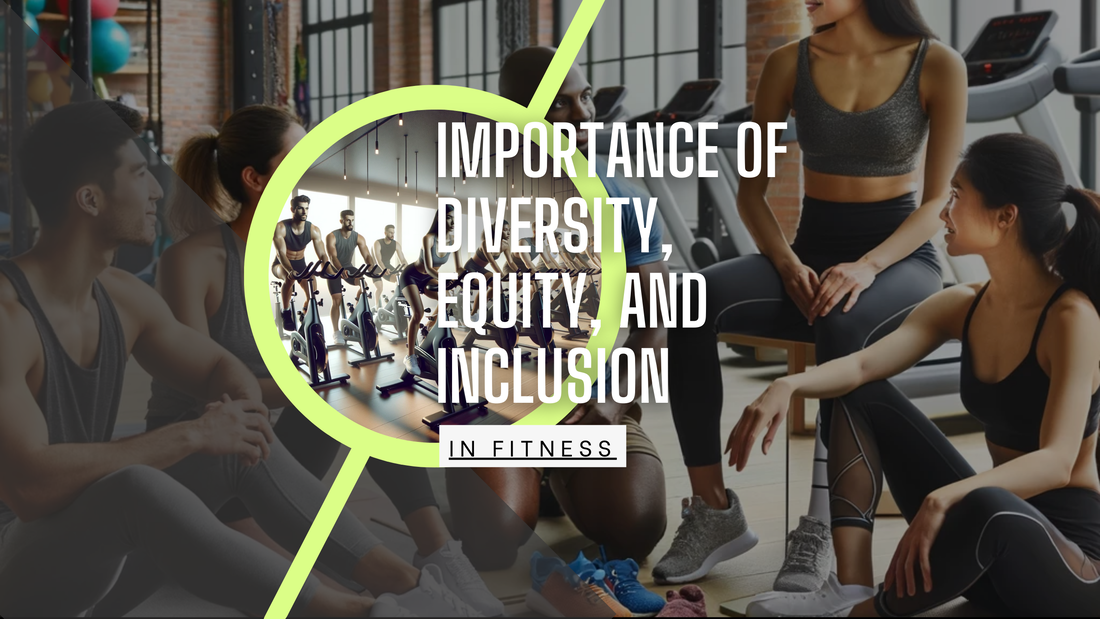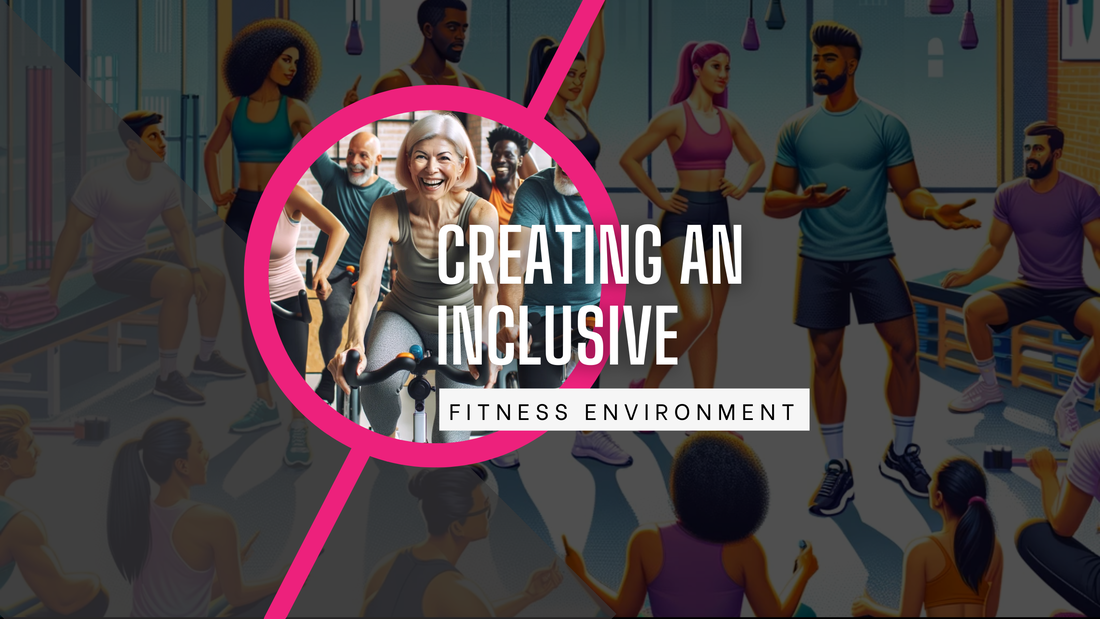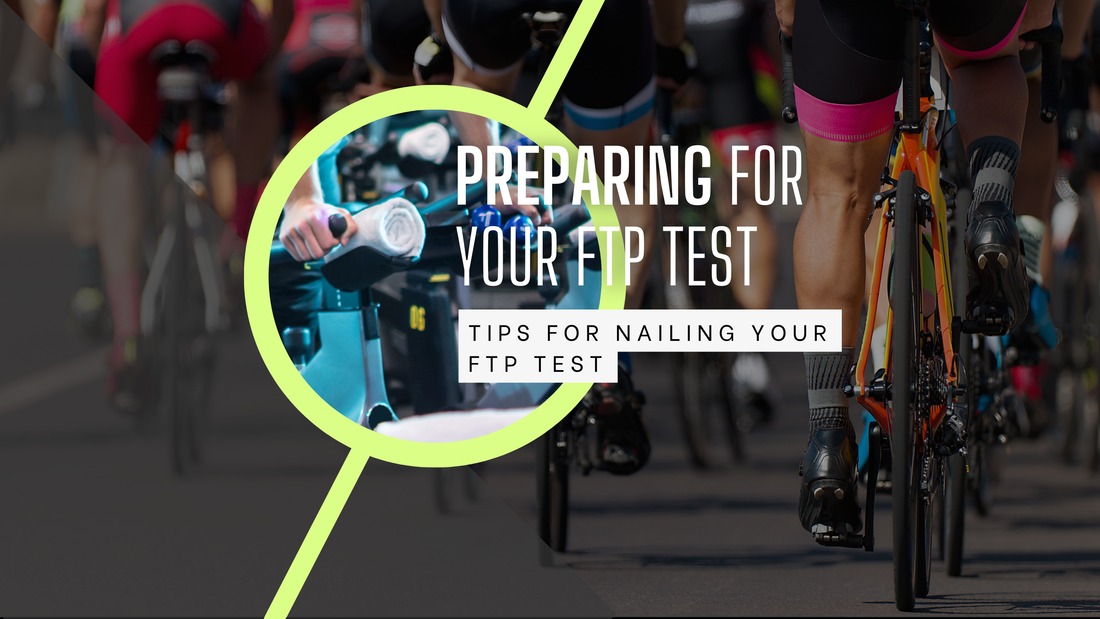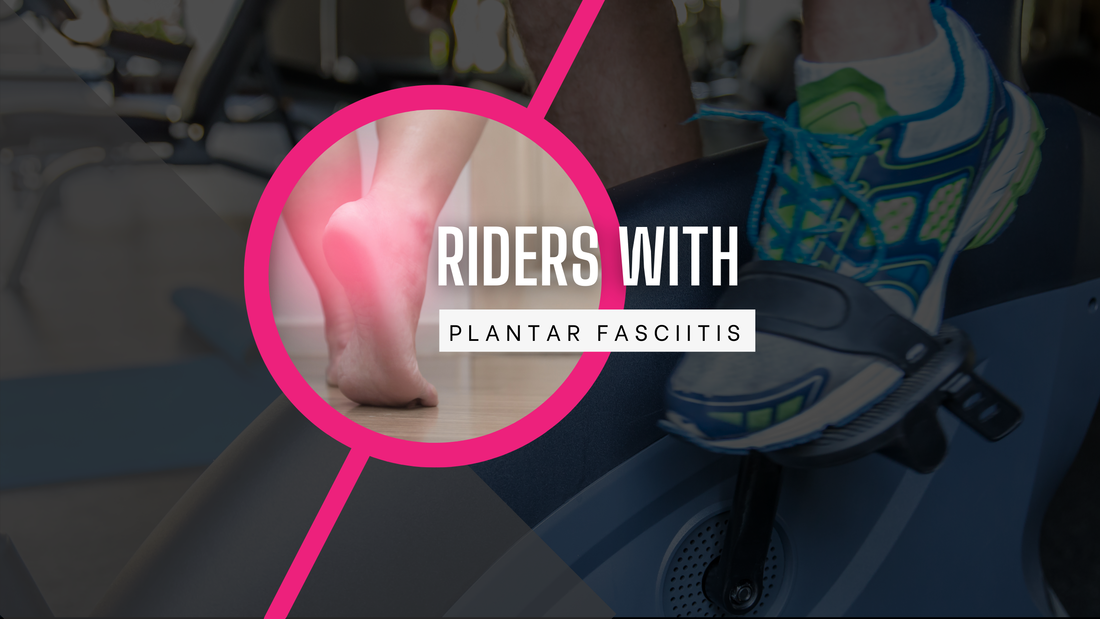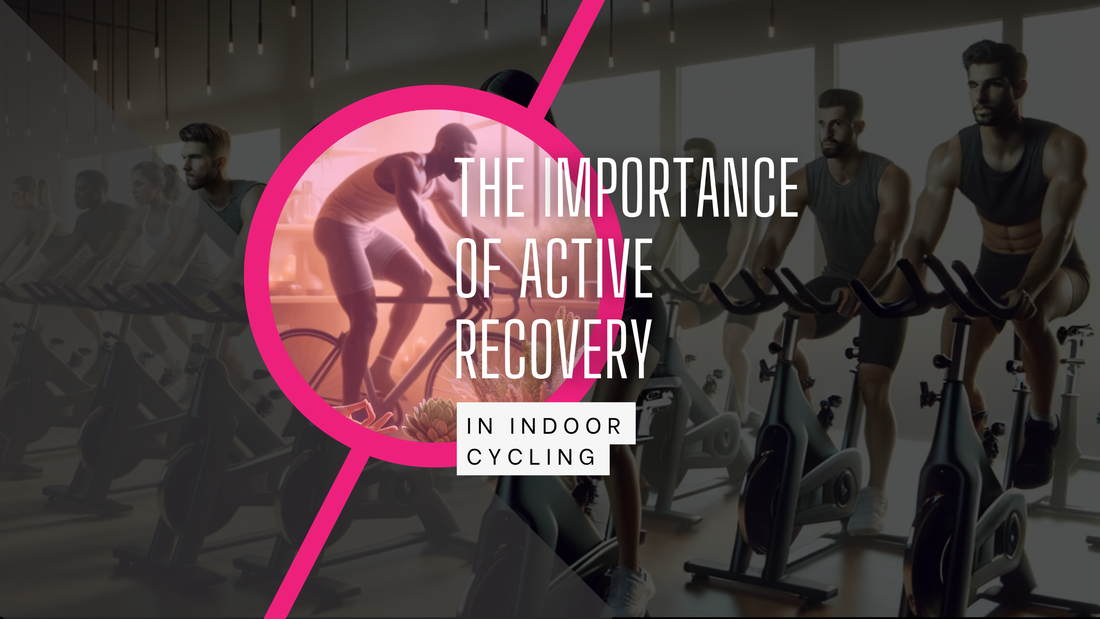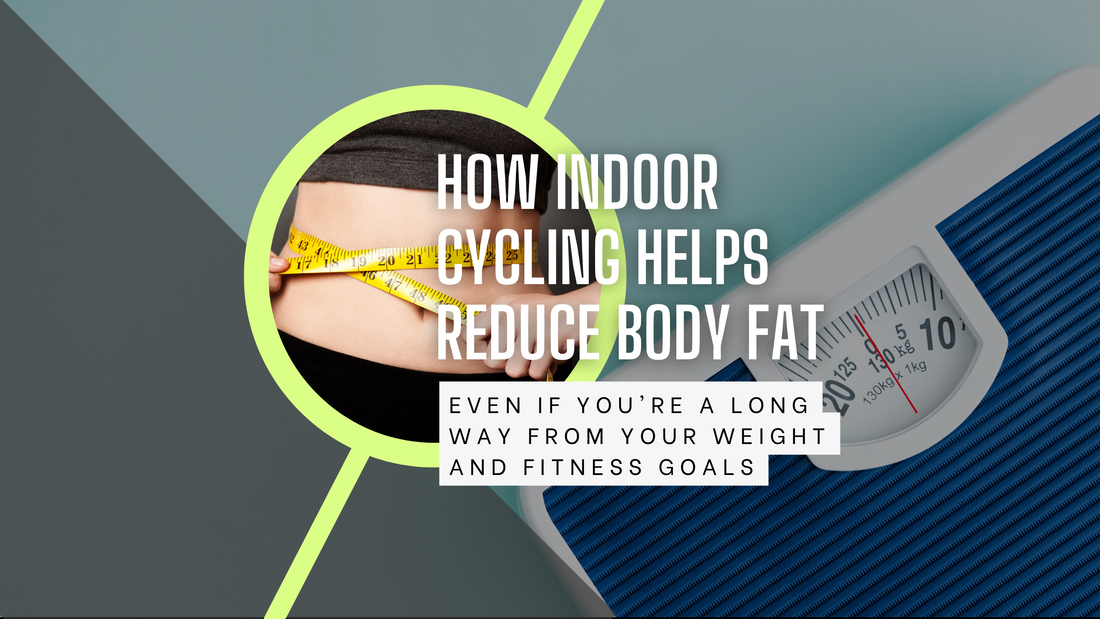|
Focusing on a few critical training areas can significantly enhance your cycling journey, whether you aim to finish a sportive or improve your cycling speed in or out of the studio.
Essential Training Components for Road Cycling
0 Comments
Elevating your heart rate might not seem like the most enjoyable part of your workout week, yet it plays a pivotal role in enhancing your health and extending your lifespan.
Regardless of whether you're just beginning your journey with power-based cycling training or are well-versed in the intricacies of measuring watts, understanding and conducting a Functional Threshold Power (FTP) test is crucial. For cyclists embarking on their training, the initial step often involves an FTP test. This is no coincidence; such testing provides a precise measurement of your current fitness level, ensuring your training intensity is neither too challenging nor too lenient, but perfectly tailored to your needs and goals.
What Being an 'Enhancing' Training Provider Means
Achieving 'Enhancing' status from CIMSPA reflects our commitment to delivering outstanding educational quality. This recognition is awarded following a quality assurance inspection by CIMSPA, marking us as a training provider of quality. It assures both current and future learners of the high standard of training they receive with us. In recent years, indoor cycling has transcended its niche of hardcore racers braving the winter to maintain their form, blossoming into a widely embraced fitness phenomenon. Thanks to technological leaps, this form of exercise now presents a multitude of benefits to cyclists of all ambitions.
Reuter M, Rosenberger F, Barz A, Venhorst A, Blanz L, Roecker K and Meyer T (2024) Effects on cardiorespiratory fitness of moderate-intensity training vs. energy-matched training with increasing intensity. Front. Sports Act. Living 5:1298877. doi: 10.3389/fspor.2023.1298877 The study examines the impact of moderate-intensity versus progressively increased intensity training on cardiorespiratory fitness (CRF) over 26 weeks. Participants, who were healthy but untrained adults, showed significantly greater improvements in CRF, including VO2max with increased intensity training compared to moderate-intensity training, without additional energy expenditure. This suggests the crucial role of training intensity in enhancing fitness levels.
Implications for Indoor Cycling and Instructors: A lower resting heart rate (RHR) is often associated with higher fitness levels, a testament to an efficiently working heart that pumps more blood per beat. However, the fitness realm reminds us that RHR is a relative marker, not an absolute gauge of one's physical condition. For instance, a person with a 60bpm RHR could be in better shape than someone at 40bpm, highlighting the nuances of cardiovascular efficiency.
Elevating Indoor Cycling: Navigating Qualifications and CertificationsResearch: digest of article and application to indoor cycling: Exercise professional education, qualifications, and certifications: a content analysis of job postings in the United States
Pojednic Rachele, O’Neill Devin P., Flanagan Molly G., Bartlett Alexis, Carter Byron LaGary, Kennedy Mary A. Front. Sports Act. Living, 18 January 2024 Sec. Physical Education and Pedagogy Volume 6 - 2024 The fitness industry, particularly within the realm of indoor cycling, is rapidly evolving. As demand grows for more specialised and knowledgeable instructors, the need for advanced qualifications and certifications becomes increasingly crucial. This article delves into the changing landscape of the exercise science industry in the U.S., highlighting the importance of ongoing education for indoor cycling instructors. Maximising Cyclist Performance: Advanced Strategies for Sleep and RecoveryUnderstanding the pivotal role of sleep in cyclist recovery is crucial for any advanced indoor cycling instructor. This post delves deep into the intertwining realms of sleep science and cyclist performance, offering practical insights and recommendations.
Indoor cycling has revolutionised the way we approach fitness, blending convenience with effectiveness. Whether you're a seasoned cyclist or a fitness enthusiast, the advantages of indoor cycling are too compelling to ignore. In this article, we delve into the key benefits of indoor cycling that make it an indispensable part of any fitness routine.
Optimising Pedalling Efficiency: A Key to Mastery for Indoor Cycling InstructorsOptimising every aspect of a cyclist's training regimen is crucial. Among these aspects, pedalling efficiency is a pivotal element for cyclists to master. In this guide, we'll explore why an efficient pedal stroke is not just beneficial but essential for cyclists, especially when it comes to maximising power output and preventing injuries.
Recovery is an area often clouded by myths, yet it's critical for enhancing training effectiveness and overall experience. Let's debunk five common myths about recovery in indoor cycling.
One crucial aspect that should never be overlooked in the fitness world is the importance of diversity, equity, and inclusion.
Diversity in fitness not only promotes a sense of belonging but also brings a wealth of experiences and perspectives to the table. It's about recognising that every individual is unique and embracing those differences. When we celebrate diversity, we create a fitness community that is representative of the world we live in. Ah the kinetic symphony of cycling – the rhythmic pedalling, the meticulous tuning of resistance, and the seamless choreography of a well-planned session. However, a crucial component that often plays second fiddle in our high-energy regime is recovery. It's not just a period of inactivity or a break from the rigours of training; it's an active component in enhancing performance.
Creating an inclusive environment is not just a commendable goal; it's an essential one. As advanced fitness instructors and managers, it's crucial to ensure that every individual, regardless of their background, feels welcome and valued in your classes. Inclusivity not only enriches the fitness experience for all but also promotes a sense of community and well-being. Let's see how to make classes more inclusive:
FTP tests are crucial for establishing accurate training zones, forming the foundation of all training programmes. These tests help determine training zones for heart rate and power output, providing clarity on an individual's training level and intensity for maximum performance. Here are some tips to prepare you for a successful FTP test:
- ICI staff As with all rider health conditions, medical advice is strongly recommend and this article in no way is intended to replace the advice of a registered health professional.Plantar fasciitis is a common foot condition characterized by inflammation and pain in the plantar fascia, a thick band of tissue that runs along the bottom of the foot, connecting the heel bone to the toes. This condition typically causes stabbing or sharp heel pain, particularly with the first steps in the morning or after periods of rest.
The exact cause of plantar fasciitis is not always clear, but it is often attributed to: An often underemphasised, yet crucial aspect of training regimes is active recovery. Understanding the physiology behind active recovery can significantly enhance your coaching strategies, leading to improved performance and well-being of your cyclists.
- ICI staff Embarking on a journey to shed excess body fat can be challenging, especially if you've set big goals and want big results. Indoor cycling's popularity is partly due to its potential for intense cardiovascular workouts, promising a solution for fast and effective body fat reduction.
- ICI staff Cycling and running are two of the most popular cardiovascular exercises, with both providing excellent health benefits. While they may seem similar, there are some differences between the two activities, including how much we sweat during each. It's common to notice that you sweat less during cycling than running, even though cycling burns more calories per hour. So, why does cycling make you sweat less than running?
|
Categories
All
|
Quick links
Get started
|
Find what's right for you
|
Courses
|
Further learning
|
More
|
The Indoor Cycling Institute provides the most comprehensive and up to date indoor cycling instructor training; providing entry-level courses, and further education to raise the standard of instructors.
© 2014-2024 Protheorem Ltd
The Indoor Cycling Institute is owned and operated by Protheorem Ltd Registered in England & Wales, Company number 12812092
The Indoor Cycling Institute is owned and operated by Protheorem Ltd Registered in England & Wales, Company number 12812092

